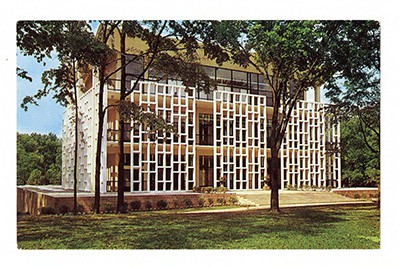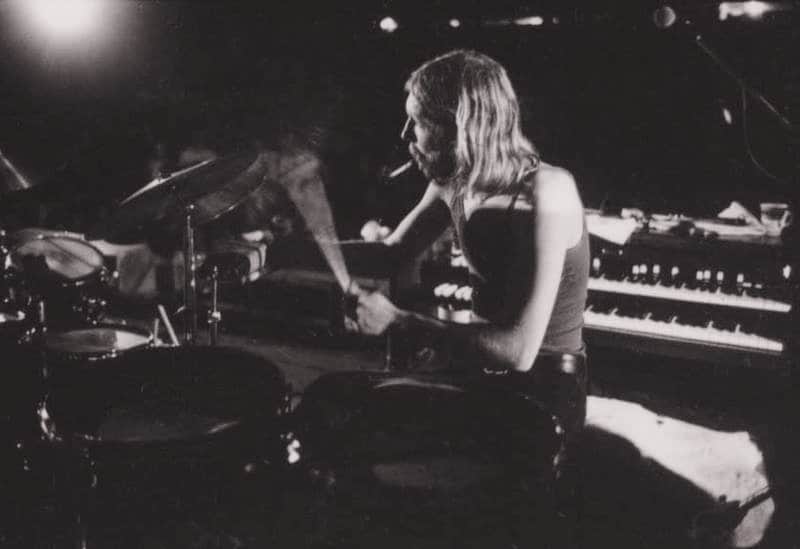Stories: Bill Colton
Park supporter Bill Colton generously shares his memories of Overton Park with us today. If you’d like to share your Overton Park story, click here.

When I was 10 (insert Civil War jokes here if you must, though the year was 1961), most city parks and many schools had young men and women, mostly college-age, working as “park commissioners.” Their job was to supervise playground activities, keep an eye on us brats, and try to maintain some semblance of order. That year, when JFK was the new president, few had heard of Vietnam, Martin Luther King Jr. and Bobby Kennedy were still with us, and the turmoil of the late 60s was unimaginable. Life was so great and seemingly carefree. God only knows how many miles my friends and I covered as we roamed our Evergreen neighborhood, and to us the neighborhood extended from Cleveland on the west, with frequent visits to the magnificent Sears store where my aunt worked in the candy department, to “Southwestern” on the east, and often Overton Park just a little to the south. Sometimes we’d actually use the streets like normal people. Often, we’d sneak down into the drainage ditches between Jackson and North Parkway, walking underground through the dark tunnels until we reached the zoo. We called the network of ditches “the bayou,” and our parents would have killed us if they ‘d known how much time we spent down there. But bayou stories are for another time.
Life was good in ’61, and it got even better when my sister Mary Ann was named park commissioner at Overton Park.
I can’t remember a day that summer that I WASN’T at Overton, walking from our house on North Avalon four houses north of Jackson. There was so much to do and see at the park. Lots of games, including box hockey (does any park still offer that?), swings, slides (though I was getting too old for that stuff), the old fire engine, all gone now of course, and best of all, just running around and getting dirty and sweaty and making a good bit of noise. Somehow my poor sister survived the summer.
I don’t remember who the leader was on our excursions off the playground, if we had a leader, but when we got too hot on the playground, and needed something cooler than the shade of the many trees, we’d head to what was then the Academy of Arts, an air-conditioned oasis, quiet, peaceful, away from the noise of the playground. After a half hour or so of walking through the Academy looking at “the stuff on the walls,” far too young to appreciate what we were seeing, we’d return to the controlled mayhem of the playground.
But the Academy wasn’t my only respite. Looking east from the area where the swings were, I could see the Greensward, and even at that young and dumb age I was awed by the simple, beautiful OPENNESS of it all. Most days I’d walk from the playground across the street, sometimes alone, sometimes with a buddy or two, through the magnolia trees, circling the Greensward from the north, “the zoo end,” around to Rainbow Lake with the Old Forest framing it in the background, back around past the baseball diamonds, west back to the Doughboy statue, just soaking it up.
The Greensward continued to draw me in later years, for touch football games (my most memorable one being where I somehow caught five touchdown passes and broke my big toe in the process), lying out and getting sunburned on the day of my high school graduation, much to my mother’s horror, and some days just lying on the little grassy slope behind the Doughboy, taking it all in, one end to the other, thinking “My God, just look at this. I can walk less than ten minutes (by high school we had moved to Hein Park) to all THIS?”

Along the way as I plodded through high school, I discovered concerts at the Shell, walking from home (always through the Old Forest, rarely on the roads), across the Greensward to free concerts by bands like Booker T and the MG’s, or as I began college, gladly paying an exorbitant $1 to see bands like the original Allman Brothers, their four-hour show on a beautiful April afternoon still my favorite concert ever. Then back home, always across the Greensward, through the Old Forest, feeling as grateful for the park as I had as a 10-year-old.
I live in Bartlett now, and still attend 25+ Shell concerts a year (pre-covid), but needing to park and get a good spot for the show, I rarely have time to walk over to the Greensward before the concert. But a couple of years ago, on a non-Shell day, I parked my car across the street from what I still call the Art Academy, and walked the Greensward, then around to where the playground used to be, trying to “place” what used to be there. Fire engine over there, wading pool there, cinder block bathrooms there, cyclone fence entry gate there, some of the magnolia trees still where they were in ’61.
I was sad, of course, to see so much gone, much of it because of the zoo expansion. I love the zoo, and am (sort of) glad it’s grown and thrived as it has, but I missed seeing the playground area as it used to be. I ended my trip with a half hour on the slope behind the Doughboy, looking across to Rainbow Lake, down to the spot where I got sunburned, out to the “football field” where I broke my toe, taking it all in, feeling the same reverence and gratitude I felt at 10, thinking “All those Save the Greensward meetings, as rancorous as things got on occasion, were worth it. It’s still here.” Things change. Overton Park certainly has in many ways, some good, some not. But the Greensward. They can’t take that away, nor all the memories that go with it.



